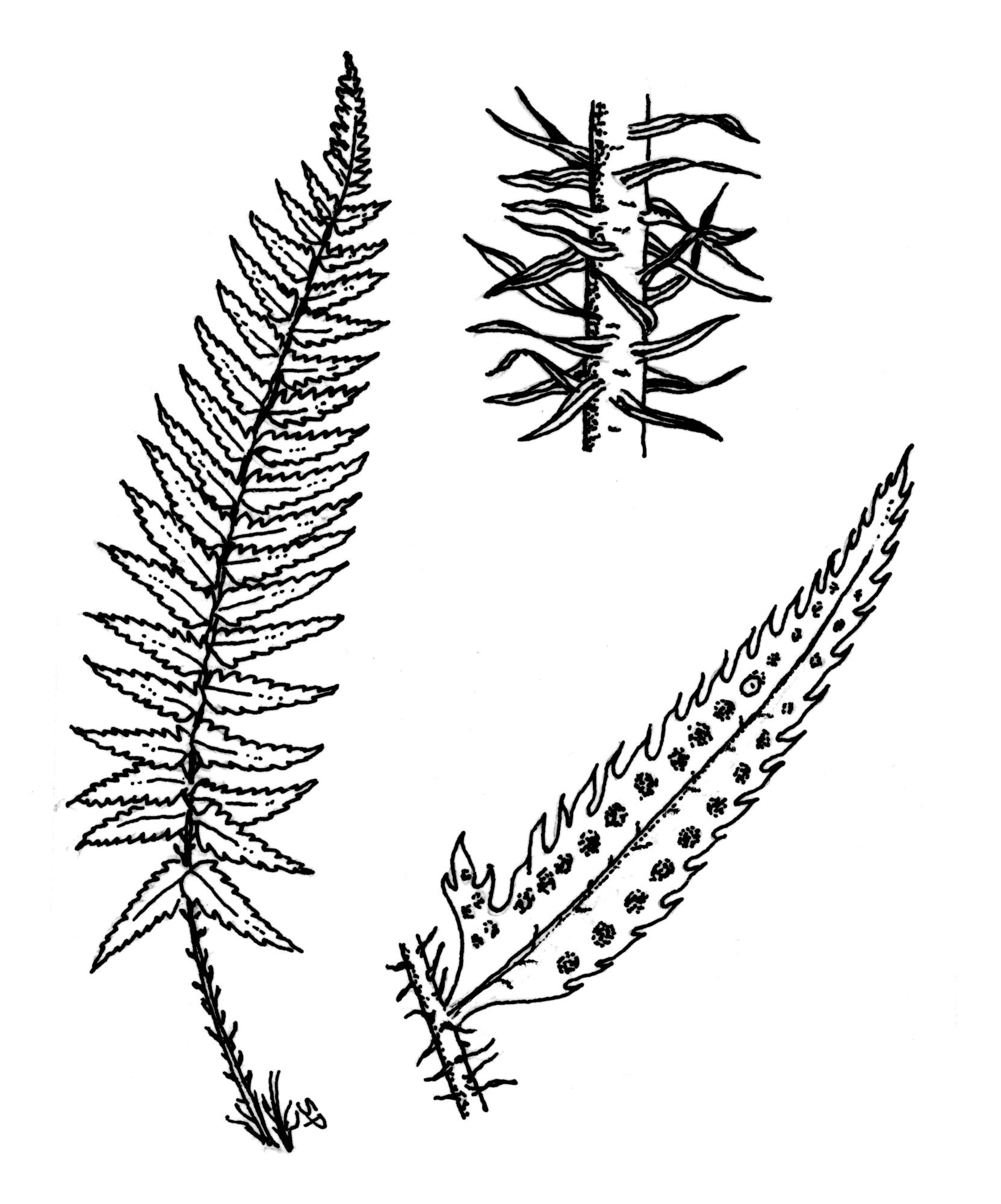
Terrestrial, or rarely epiphytic. Rhizome long- or short-creeping, or erect, covered in non-latticed scales. Fronds tufted along rhizome; stipe not articulated to rhizome, grooved, base covered in scales. Lamina simple or pinnately compound, pinnae asymmetric; rachises grooved with prominent lateral ridges; veins free or netted. Sori borne away from margin; indusium usually present, centrally attached and round, or radially attached and kidney-shaped; spores bilateral.
The concept of the family as used here follows that of Smith et al. (2006).
Cosmopolitan, especially diverse in eastern Asia. About 40-45 genera, 1700 species, of which 70% are in four genera (Ctenitis, Dryopteris, Elaphoglossum, and Polystichum) (Smith et al 2006). Eight native genera and one introduced in Australia, with 30 species.
Smith, A.R., Pryer, K.M., Schuettpelz, E., Korall, P., Schneider, H. & Wolf, P.G. (2006). Taxon 55 (3):705-731.
Created by: Val Stajsic
Updated by: Val Stajsic, March 2018
